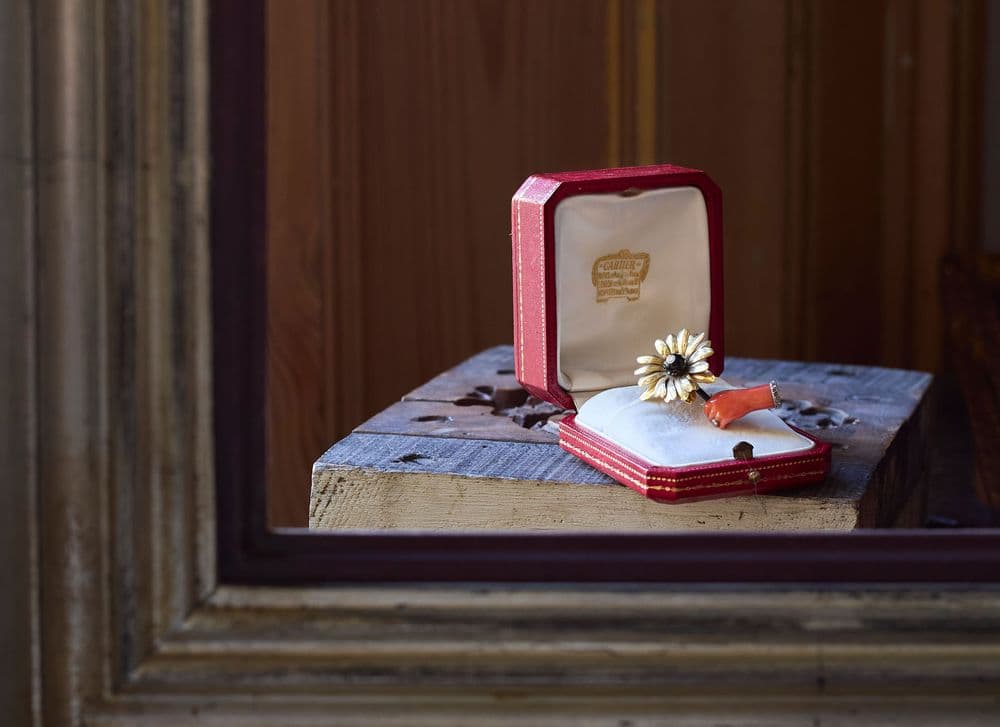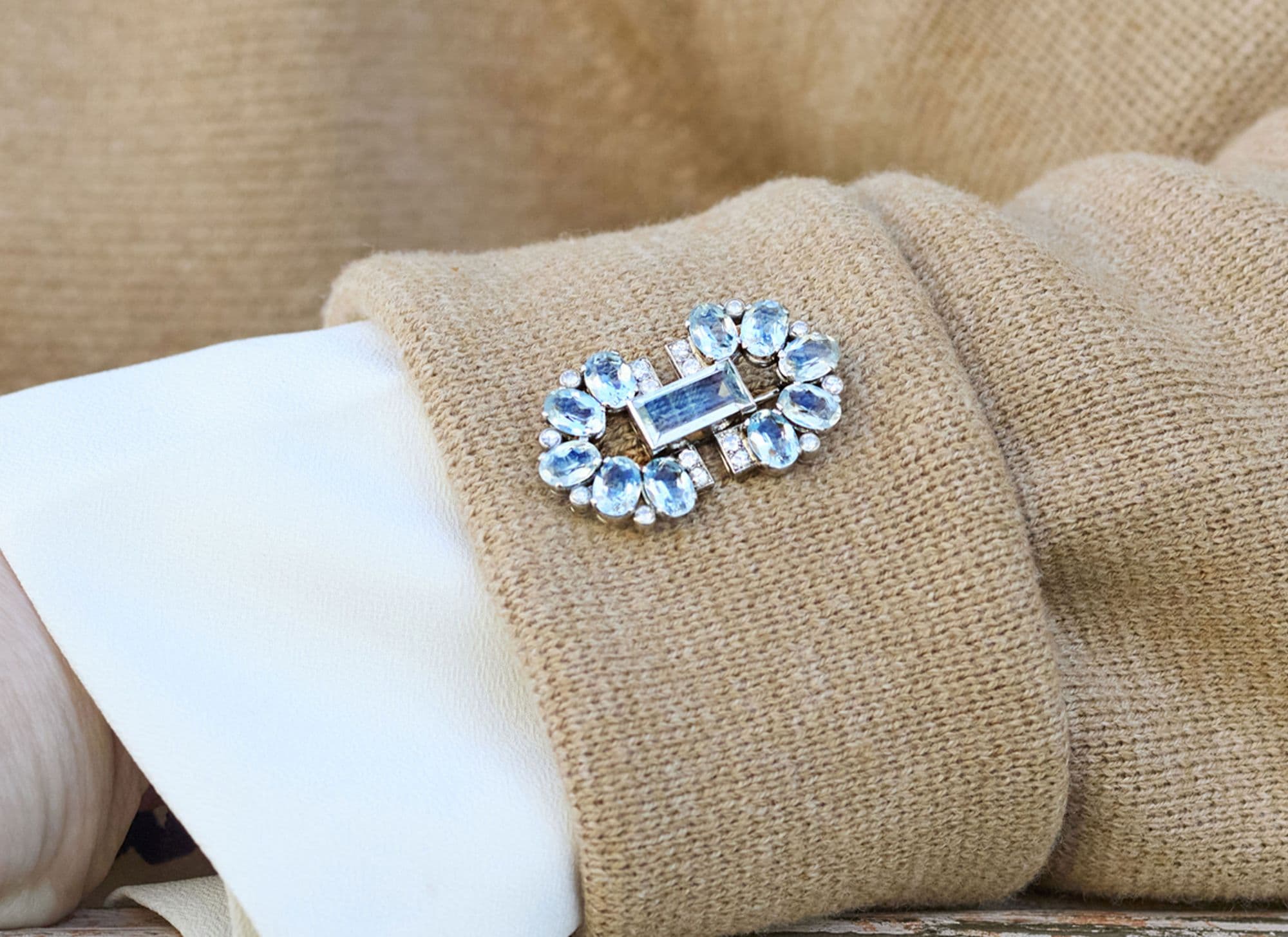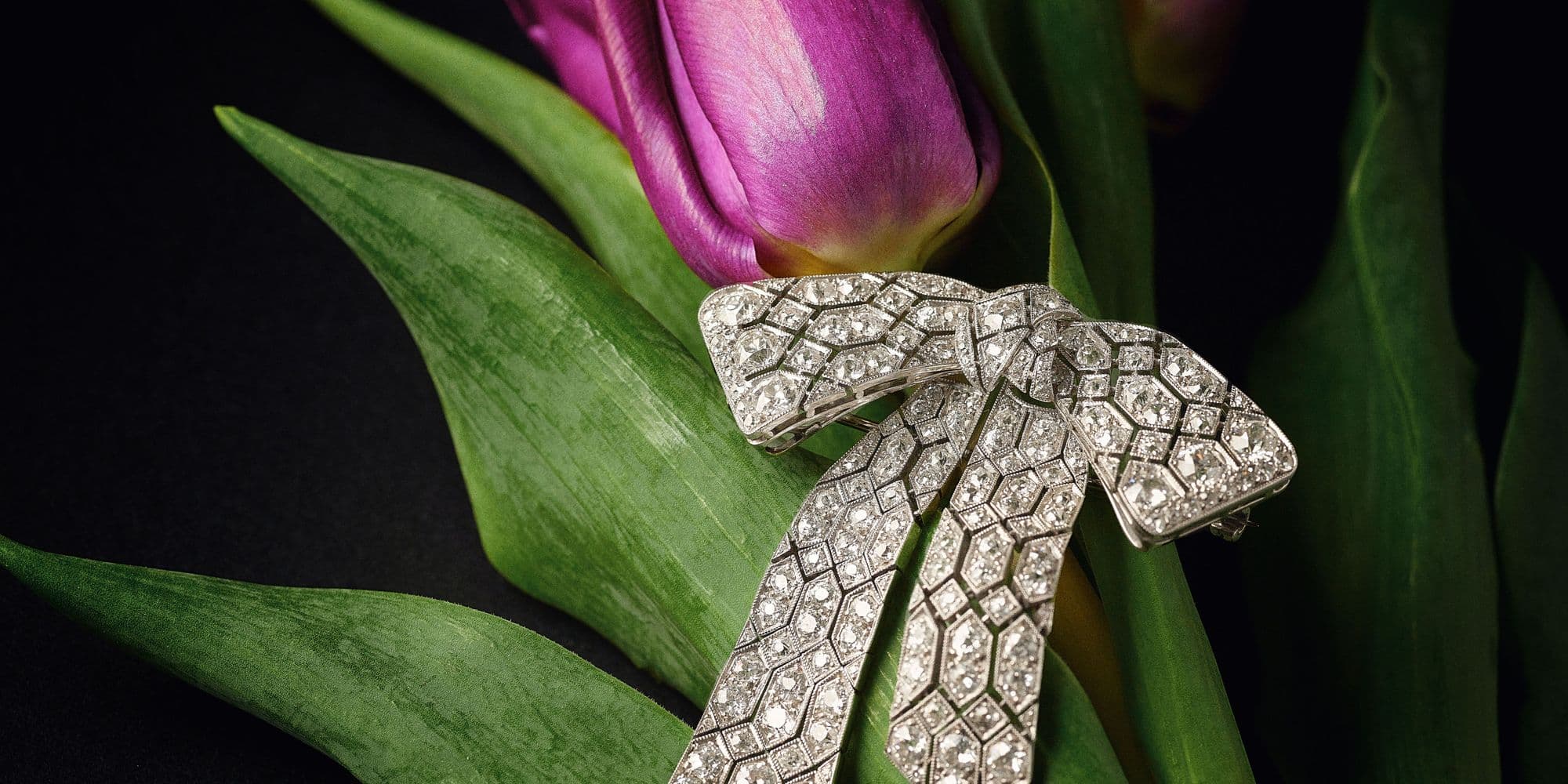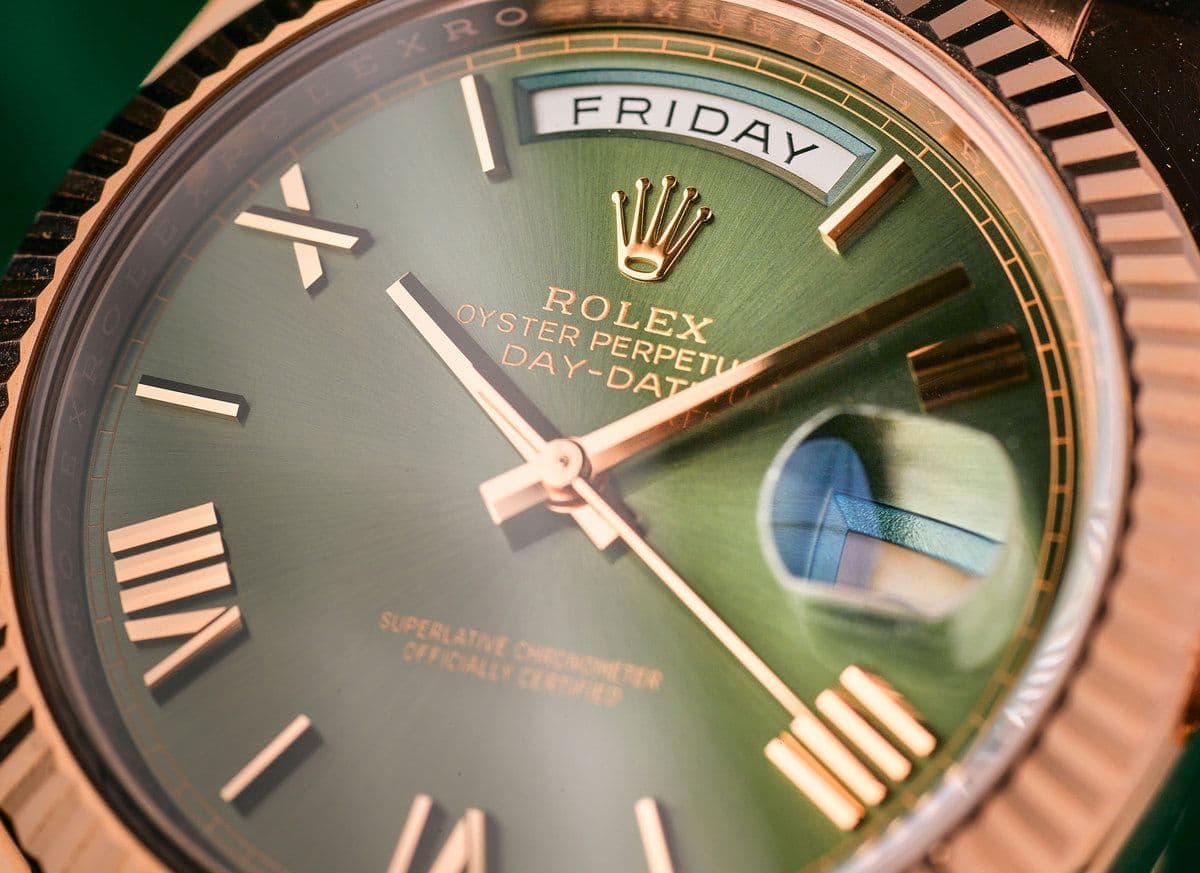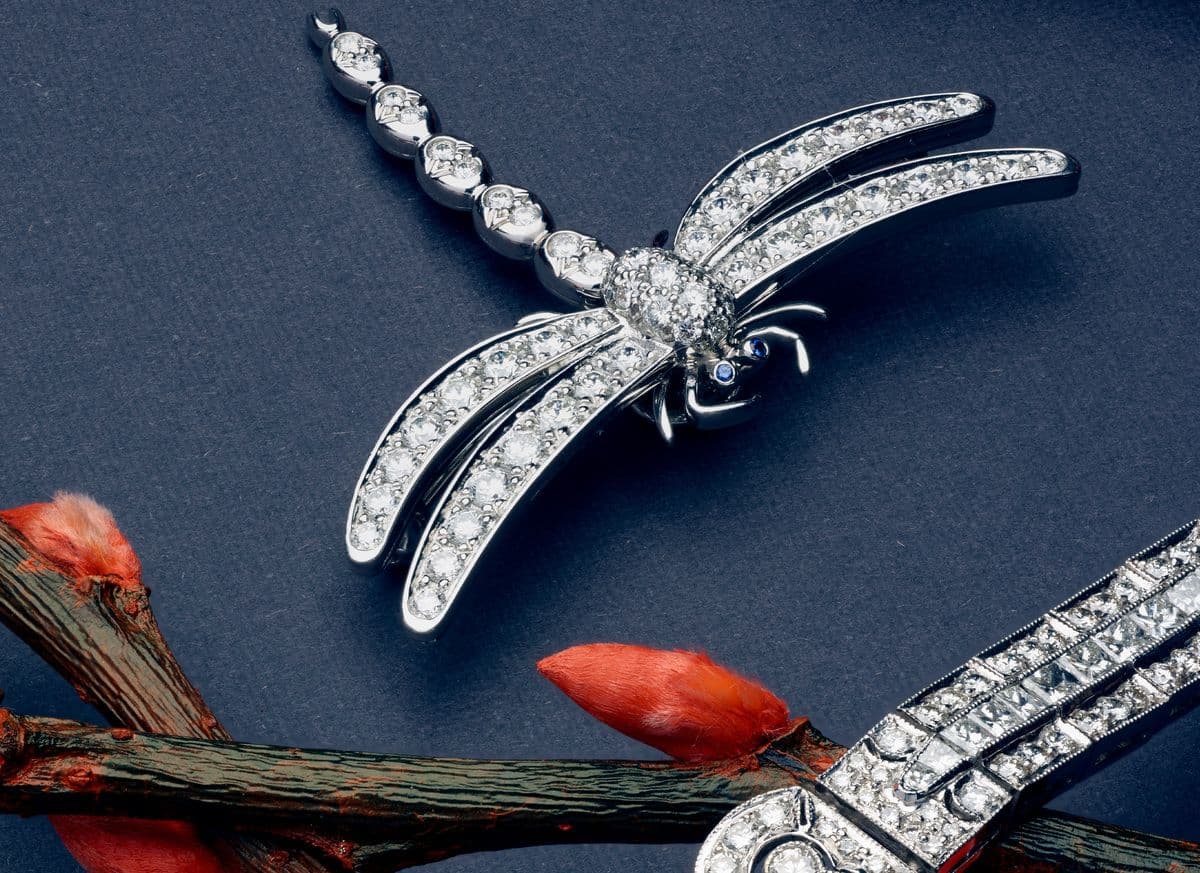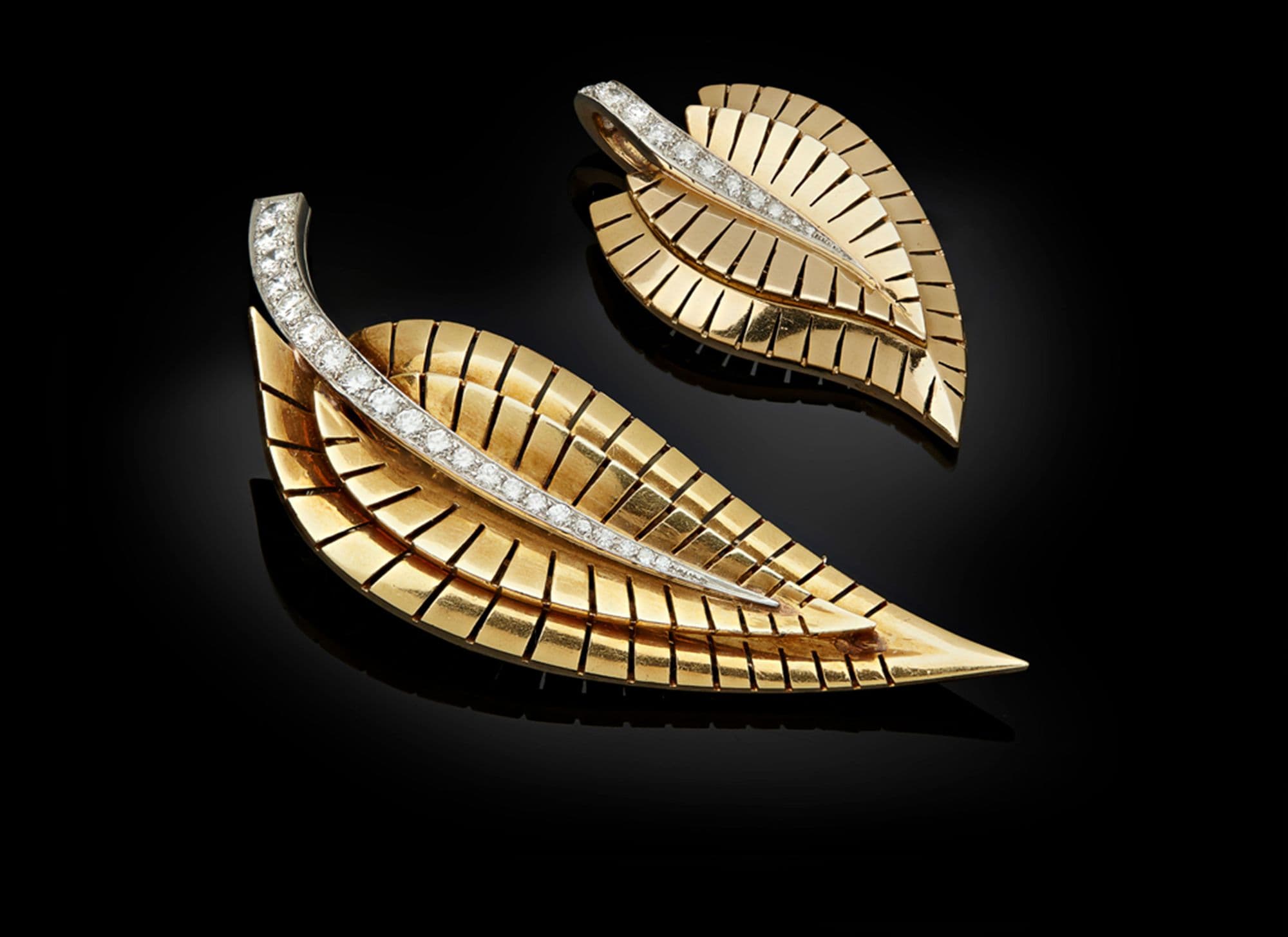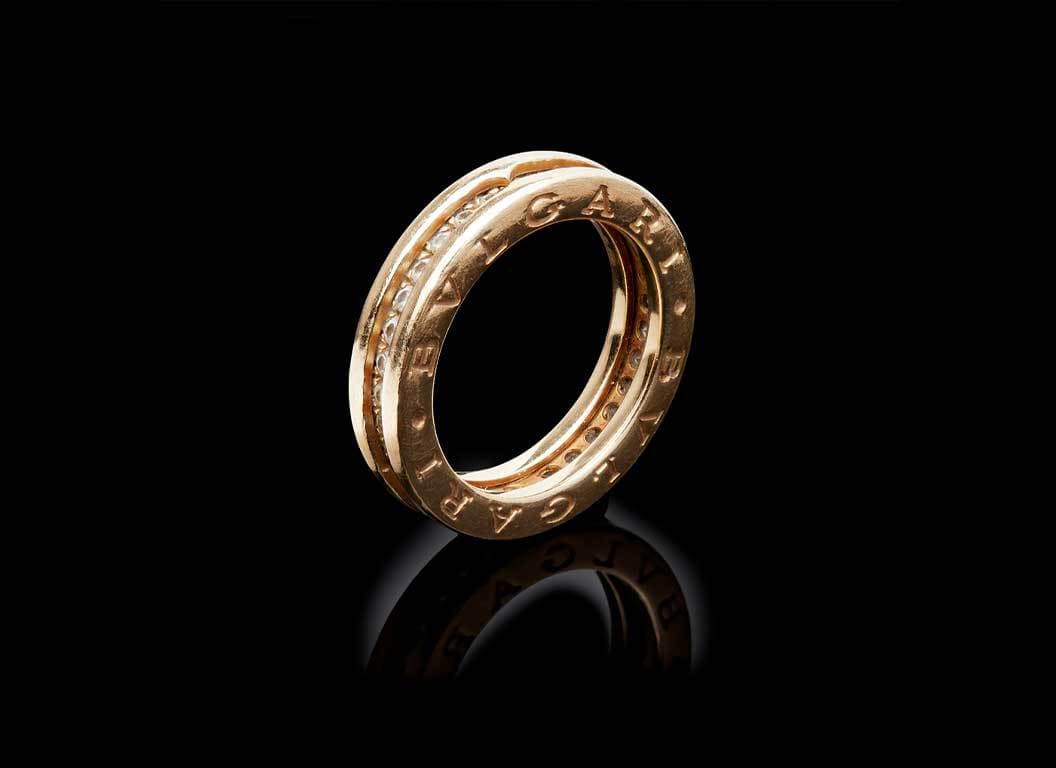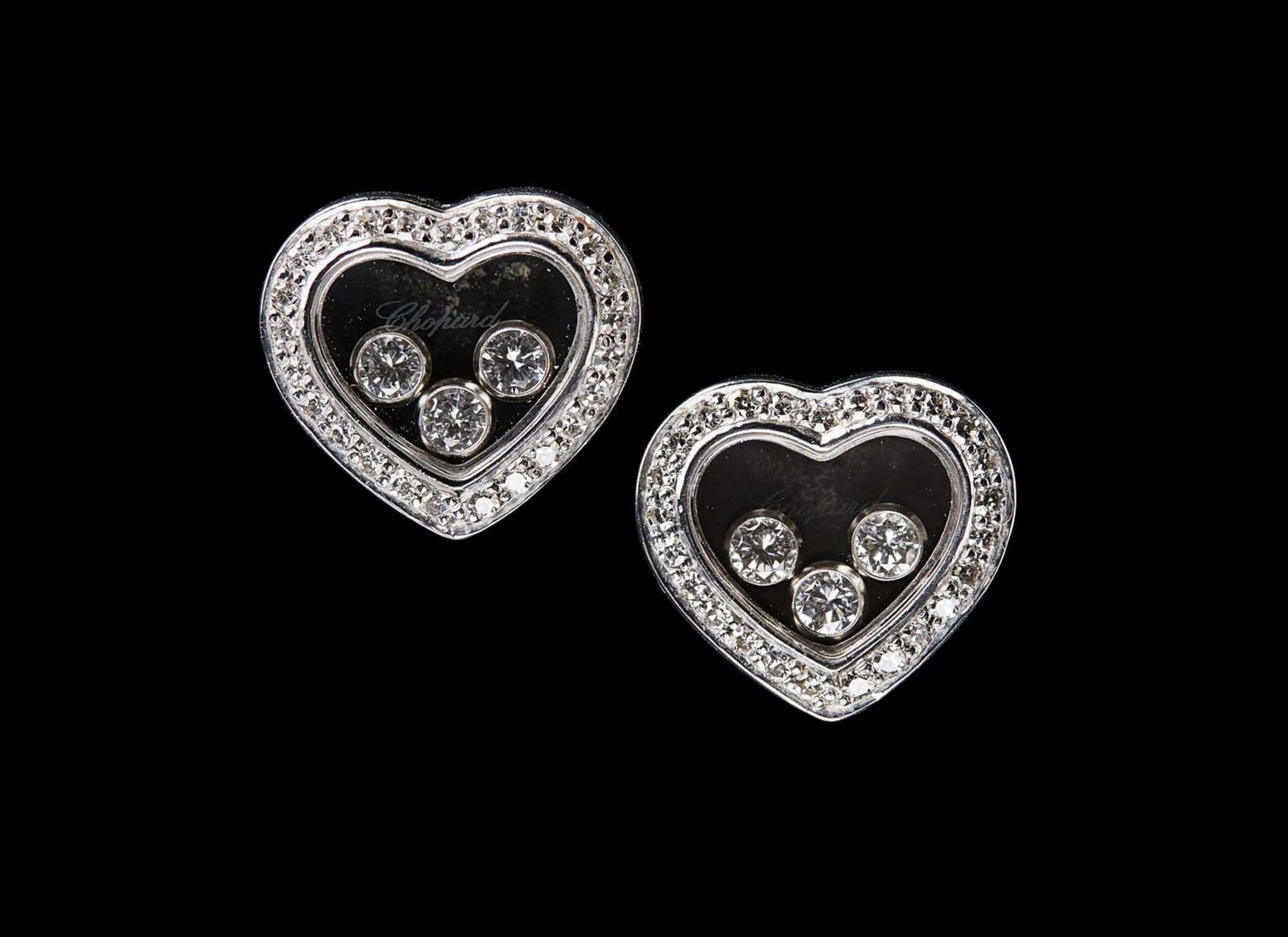Cartier, a name that evokes images of opulence, elegance, and exquisite craftsmanship, has solidified its place as one of the world's most iconic jewellery and watch brands. With a rich history spanning over 170 years, Cartier continues to captivate and inspire generations with its timeless designs and commitment to excellence.
In 1847, Louis-François Cartier established his small jewellery store in Paris, unknowingly laying the foundation for a future empire. Initially, Cartier catered to the needs of the emerging middle class, offering a range of jewellery, porcelain, silverware, and decorative items. Little did he know that his name would become synonymous with unparalleled luxury and unmatched craftsmanship.
Under the guidance of Louis-François's son, Alfred Cartier, the brand rapidly expanded its reach. Alfred organised the participation of Cartier in its first International Exhibition in London, exposing the brand to a new clientele. The Maison Cartier soon gained recognition from esteemed figures, including royalty and influential individuals. Royal Warrants from King Edward VII, King Carlos of Portugal, the King of Siam, and Tsar Nicholas II of Russia further solidified Cartier's reputation as a purveyor of exceptional jewellery.
Cartier's legacy extends beyond jewellery. In 1904, the brand introduced one of the earliest wristwatches for aviator Alberto Santos-Dumont, revolutionising timekeeping and making wristwatches a fashionable accessory. Additionally, Cartier's Mystery Clocks, crafted with remarkable intricacy, became highly sought-after collector's items, showcasing the brand's commitment to innovation and craftsmanship.
Inspired by the Ballet Russes and the vibrant cultures of India, China, Egypt, and Japan, Cartier welcomed the Art Deco movement. The introduction of Charles Jacqueau as a designer in 1909 marked a turning point for Cartier's jewellery creations. The Art Deco era witnessed the birth of extraordinary jewellery pieces, blending Eastern exoticism with Western aesthetics and craftsmanship. These designs, characterised by bold lines, geometric patterns, and vibrant gemstones, remain cherished icons of Cartier's creativity and design prowess.
Cartier is renowned for transforming decorative motifs into iconic symbols. Jean Toussaint, appointed as Creative Director for jewellery in 1933, immortalised the panther as a symbol of femininity and power. The panther motif, often adorned with diamonds and vibrant gemstones, has become synonymous with Cartier's legacy. Equally iconic is the Love bangle, introduced in the 1970s, symbolising eternal love and commitment.
Since then, Cartier's presence has flourished worldwide. From its flagship location on Rue de la Paix in Paris to branches in London, New York, and beyond, Cartier has solidified its position as a global luxury brand. The firm's dedication to innovation and impeccable craftsmanship has allowed it to create timeless designs, acquire and sell historic gemstones, and continue its tradition of excellence.
